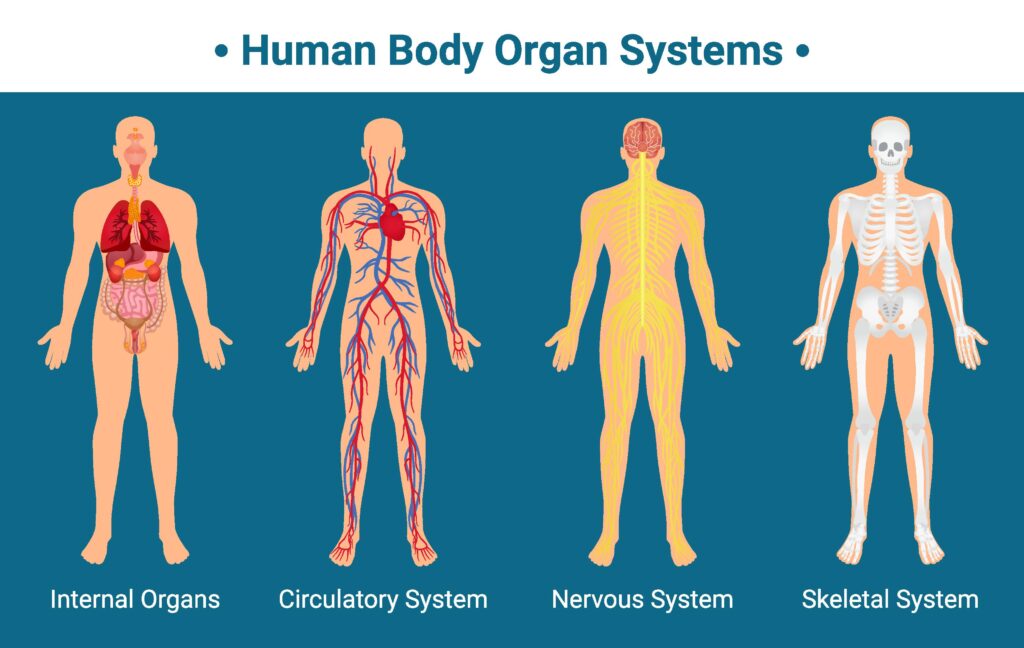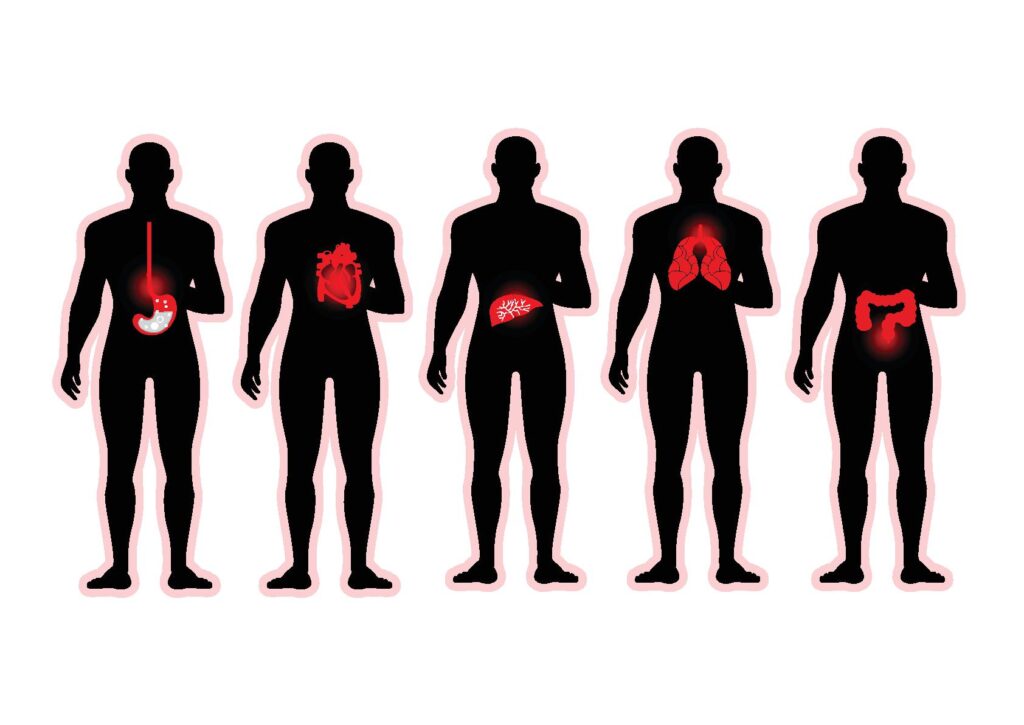Hello, everyone. My name is Daichi, an expert providing the information on the radiation issues in an easy-to-understand manner.
Today, I would like to respond to the following question(s)/request(s):
– I hear often the word ‘Sievert’, when I watch news relevant to radiation issue. I have heard that the word ‘Sievert’ has different kinds of meanings, but I would like to the difference.
Table of contents of this article
- 5 Sieverts we need to know
- Effective dose
- Committed effective dose
- Dose equivalent
- Ambient dose equivalent
- Personal dose equivalent
- Protection quantity and Operational quantity
- How to use the words: ‘Sievert’
- Summary
I have been involved with the radiation-relevant issues, like the policy on the decontamination activities and the management of the Interim Storage Facility, after the accident of the Fukushima Daiichi Nuclear Power Plant in 2011.
I received a doctorate in the field of radiation, while working in Fukushima.
5 Sieverts we need to know

Units of all following five indicies are ‘Sievert’.
As explained in this article, sievert is an unit representing magnitude of impact caused by exposure to radiation and in this regard, these five units have same meanings, but exact areas covered by each index are a bit different.
– Effective dose
– Committed effective dose
– Dose equivalent
– Ambient dose equivalent
– Personal dose equivalent
Let me elaborate each index one by one in the following chapters.
Effective dose

Effective dose is an index, which represents an impact on human body as a whole, caused by exposure to radiation.
Specifically, it is calculated by summing up impacts on each organ using the below equation.
Effective dose = Σ (Impact on each organ × Tissue weighting factor)
The tissue weighting factor in the equation is an index which describes sensitivity to each organ, for example,
– Bone marrow, colon, lung, stomach etc: 0.12
– Gonad: 0.08
– Bladder, esophagus, liver etc: 0.04
– Bone surface, brain, skin etc: 0.01
– Rest of tissues: 0.12
(Reference) ICRP 2007 Recommendation
They mean that the bone marrow, the colon, the lung and the stomach are more sensitive to radiation, compared with the bone surface, the brain and the skin, for example.
Committed effective dose

Committed effective dose is an index, which represents magnitude of impact caused by internal exposure.
Committed effective dose is calculated taking account of kinds of radiation as well as kinds of organs exposed to radiation, as calculated for aforementioned effective dose.
Actually it would not be calculated, however, for each organ, but ‘committed effective dose coefficients’ are used, which include impact on all kinds of organs.
Detailed information will be provided in this article.
Dose equivalent

Dose equivalent is an index which represents magnitude of impact on each organ caused by exposure to radiation.
Effective dose represents impact on whole body, and on the other hand, dose equivalent focuses on impact on each organ.
The impact on each organ, mentioned in the equation in the chapter of ‘Effective dose’ above, is equal to this ‘dose equivalent’.
In other words, the equation can also be described as:
Effective dose = Σ (Dose equivalent × Tissue weighting factor)
By the way, the dose equivalent is calculated by the following equation:
Dose equivalent = Σ (Absorbed dose × Radiation weighting factor)
The radiation weighting factor is a coefficient determined based on kinds of radiation and that represents impact on people, e.g.
– Gamma ray, X-ray, Beta particle: 1
– Proton beam: 2
– Alpha particle: 20
– Neutron beam: 2.5-21
(Reference) ICRP 2007 Recommendation
That means, for example, the alpha particle is evaluated to make impact on people, 20 times as much as the beta particle and the gamma ray.
Ambient dose equivalent

Ambient dose equivalent is represented by, for example, air dose rate of surrounding environment monitored by survey meters or monitoring post.
To be exact, this is equivalent dose as a result of irradiation, at 1cm depth from surface of ICRU sphere with 30cm diameter, which simulates human body.
It is enough first, however, to acknowledge that it is a value of air dose rate obtained by monitoring devices.
Personal dose equivalent
Personal dose equivalent is represented by, for example, exposed dose to people monitored by personal dosimeter.
This is also, to be exact, equivalent dose at 1cm depth from surface of human body.
Usually a personal dosimeter is used by being attached on human body (usually in front of human body).
Therefore, if equal exposure dose from all directions is evaluated, self-shielding effect works, that means, a human body shields radiation from backside and the value of dosimeter will be less than value of ambient dose equivalent, which monitors radiation from all directions.
For this value, it is enough to understand first, that it is an exposure dose monitored when using a personal dosimeter.
Protection quantity and Operational quantity

Amongst the above indices which have the unit of ‘Sievert’, ‘Effective dose’, ‘Committed effective dose’ and ‘Dose equivalent’ are amount of exposure dose to estimate impact on human body and they are called ‘Protection quantity’.
These protection quantities are estimated, however, based on the exposed dose to each organ.
Therefore, it is unrealistic to directly monitor the protection quantity.
This is because ‘Ambient dose equivalent’ and ‘Personal dose equivalent’ become necessary, which are able to be actually monitored in order to estimate the protection quantity.
These are called ‘Operational quantity’.
Importantly, the operational quantity is subject to be set, equal or more than the protection quantity.
Specifically, regarding the ambient dose equivalent, monitored value, for example, by a survey meter is set, not to be less than the effective dose, to stand on a safer side.
Regarding the personal ambient dose, if exposure only from front side of human body is evaluated, exposure dose will be almost same with the ambient dose equivalent.
However, if exposure from all direction is evaluated, the personal dose equivalent shows similar exposure dose with the effective dose, although there is a shielding effect of people’s back.
How to use the words: ‘Sievert’

Taking points above into account, you can understand that the indices taken as examples above use the same unit Sievert, but with different kinds of meanings.
Therefore, for example, you can’t sum up the two different kinds of units into one, even if they have the same name of units, Sievert.
That means, the Sievert of ambient dose equivalent and the Sievert of personal dose equivalent can’t be summed up.
Therefore, when you hear the word ‘Sievert’, you need to consider, to which one of the ‘Sieverts’, the word belongs.
In the news or newspaper, however, just the words ‘Sieverts’ are used without any detailed explanation.
For examples, if it says, “The air dose rate on the monitoring post represents 0.3 micro Sv per hour and…”, without the doubt it means ‘ambient dose equivalent’.
On the other hand, if it says, “In order to reduce exposure dose to people less than 1 mSv per year…”, it is highly likely to mean ‘effective dose’.
It means that we need to guess, based on the context, which one of the ‘Sieverts’ is referred to.
Summary
5 indices which have the same unit ‘Sievert’, are explained, which we need to know.
Amongst them, ‘Effect dose’, ‘Committed effective dose’ and ‘Dose equivalent’ are indices to manage impact on people, and called ‘Protection quantity’, but it is difficult to directly measure them.
Therefore, impact on people is managed by using ‘Ambient dose equivalent’ or ‘Personal dose equivalent’, for example, which are monitored by survey meters and personal dosimeters respectively, and they are called ‘Operational quantity’.
And to stand on a safer side, the operational quantity is for sure set to be more than the protection quantity.
Every time we see or hear the word ‘Sievert’, we need to consider which one of the ‘Sieverts’ is referred to, according to the context and we need to understand the meaning correctly.
By the way, the following videos are created, which explain the almost same contents above.
Please take a look at them at your convenience.
– Japanese version
In addition, please also visit the following video recapitulating the same contents within 3 minutes and 1 minute.
<3 minutes>
<1 minute>
– English version
Also for English version, please visit the following video recapitulating the same contents within 3 minutes and 1 minute.
<3 minutes>
<1 minute>
– German version
Only short version within 3 minutes and 1 minute, but the same contents were recapitulated in the following German video.
<3 minutes>
<1 minute>
– French version
Only short version within 1 minute, but the same contents were recapitulated in the following French video.
This is the end of this article.
You can read the same article in Japanese here.
Thank you very much for reading this article.
See you next time!



コメント
[…] If you would like to learn more about other indices, with the unit ‘Sievert’, please visit this article. […]